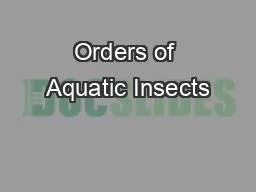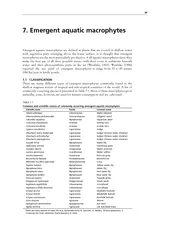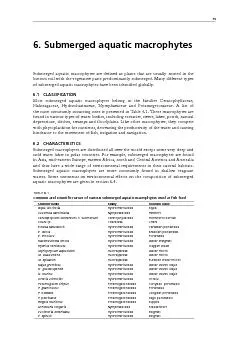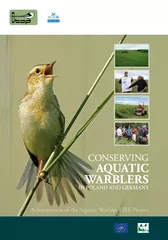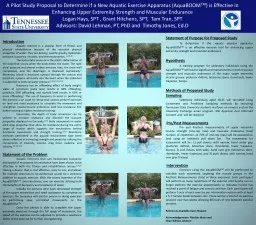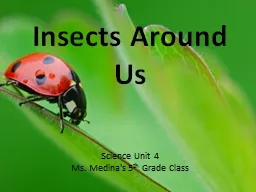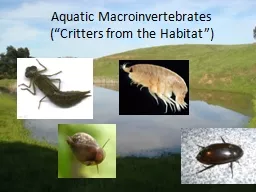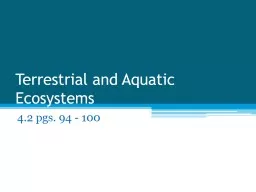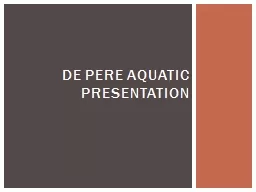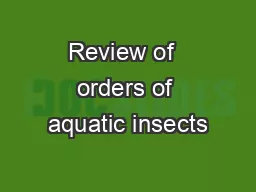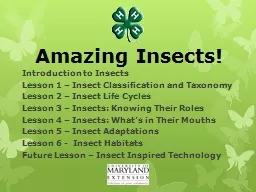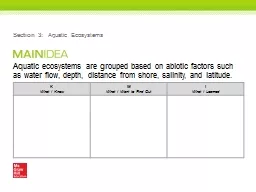PPT-Orders of Aquatic Insects
Author : dunchpoi | Published Date : 2020-07-01
Classification Known Living Species 1830725 Collembola Springtails Larva and Adult Eyespots Segmented legs Abdominal tube Collophore Abdominal furca spring Ephemeroptera
Presentation Embed Code
Download Presentation
Download Presentation The PPT/PDF document "Orders of Aquatic Insects" is the property of its rightful owner. Permission is granted to download and print the materials on this website for personal, non-commercial use only, and to display it on your personal computer provided you do not modify the materials and that you retain all copyright notices contained in the materials. By downloading content from our website, you accept the terms of this agreement.
Orders of Aquatic Insects: Transcript
Download Rules Of Document
"Orders of Aquatic Insects"The content belongs to its owner. You may download and print it for personal use, without modification, and keep all copyright notices. By downloading, you agree to these terms.
Related Documents

